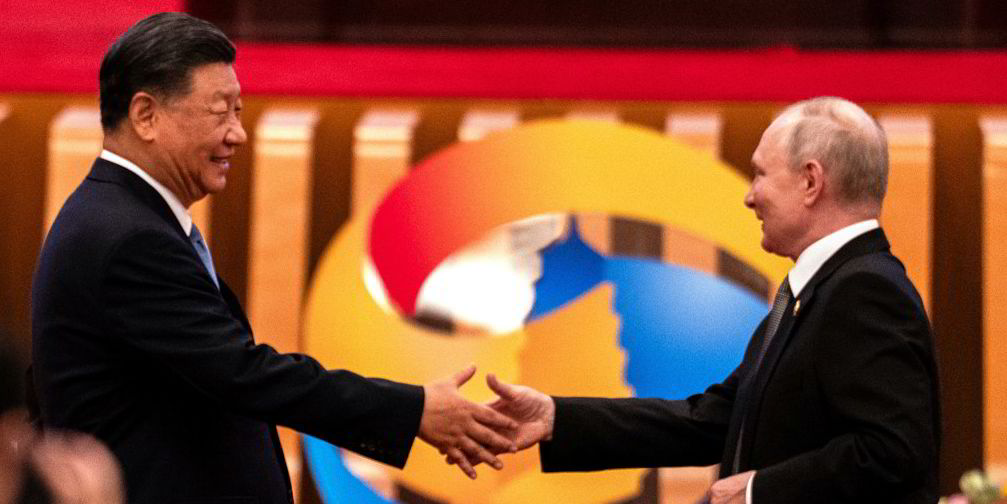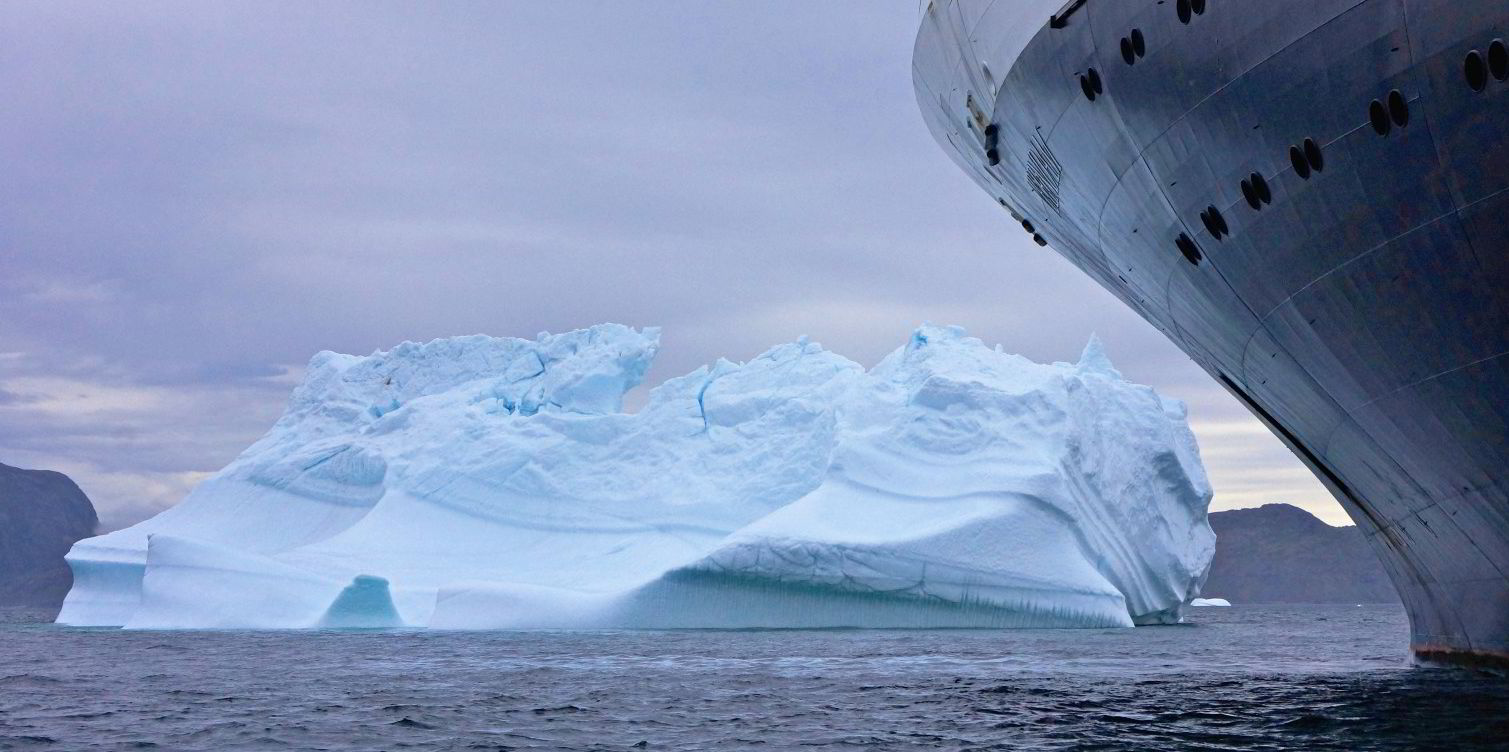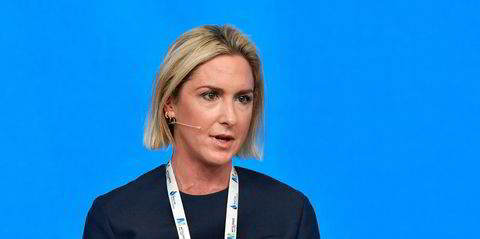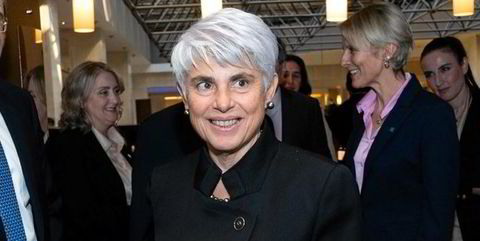In one of several moves to promote the Northern Sea Route for a wider range of vessels, Russia has signed a joint venture deal with a major Dubai port operator in a move aimed at enhancing container shipping in Arctic waters.
NSR operator Rosatom and DP World signed in June a cooperation agreement to “develop pilot container shipping between Northwest Europe and East Asia using the Arctic support transport infrastructure”.
The two partners advanced their cooperation this week by formally establishing a joint venture for the purpose.
International Container Logistics was registered last week in Moscow with a share capital of RUB 960m ($10.2m).
According to a Reuters report, Rosatom unit Rusatom Cargo will own a 51% stake in the outfit, with DP World’s Russian unit owning the remaining 49%.
The scope of the venture is not entirely clear.
According to Rosatom and DP World’s joint statement in June, the two partners are seeking to develop and test the integrated Arctic-based cargo transport infrastructure services.
DP World chief executive Sultan Ahmed Bin Sulayem pointed out at the time that his company had already committed to invest $2bn with the Russian Direct Investment Fund and that he would “continue to work with our partners in Russia to find solutions that allow the Northern Transit Corridor to develop sustainably”.
Unintended consequences
One boxship has already started plowing Arctic waters in trips that may be giving a taste of the risks involved.
TradeWinds has already reported about NewNew Shipping, a China-based outfit previously linked to Russia’s Torgmoll, sending the 1,638-teu NewNew Polar Bear (ex-Baltic Fulmar, built 2005) through the Arctic route.
Official Rosatom figures confirm the ship was authorised to make two voyages through the corridor between China and Russia this year.
At the end of one of these trips earlier this month in the Baltic, however, the NewNew Polar Bear is suspected to have lost an anchor that damaged a gas pipeline and two telecoms cables linking Finland and Estonia.
The incident cut off pipeline gas supplies to Finland.
China has called for an “objective, fair and professional” investigation into the pipeline damage.
Russian officials have cited the improving navigation conditions in the region, driven by melting ice due to climate change, as their motivation for utilising the NSR.
Critics, however, point out it is also doing so to easier bypass Western sanctions.
On 19 October, speaking at a summit in Beijing on China’s Belt and Road Initiative, Russian President Vladimir Putin opened the door to more foreign investment in the NSR and said that the trade flows through it will increase.
“Starting next year, navigation for ice-class cargo ships along the entire length of the NSR will become year-round.”
As TradeWinds already reported, Russia has recently started sending some non-ice-classed capesizes and tankers through the NSR.
Two more such vessels crossed the corridor since TradeWinds last reported on the issue in September: the 171,300-dwt Platos (built 2004) — a capesize in the fleet of Dubai-based Kisamos Shipping — as well as Sovcomflot’s 158,100-dwt SCF Samotlor (built 2010).






